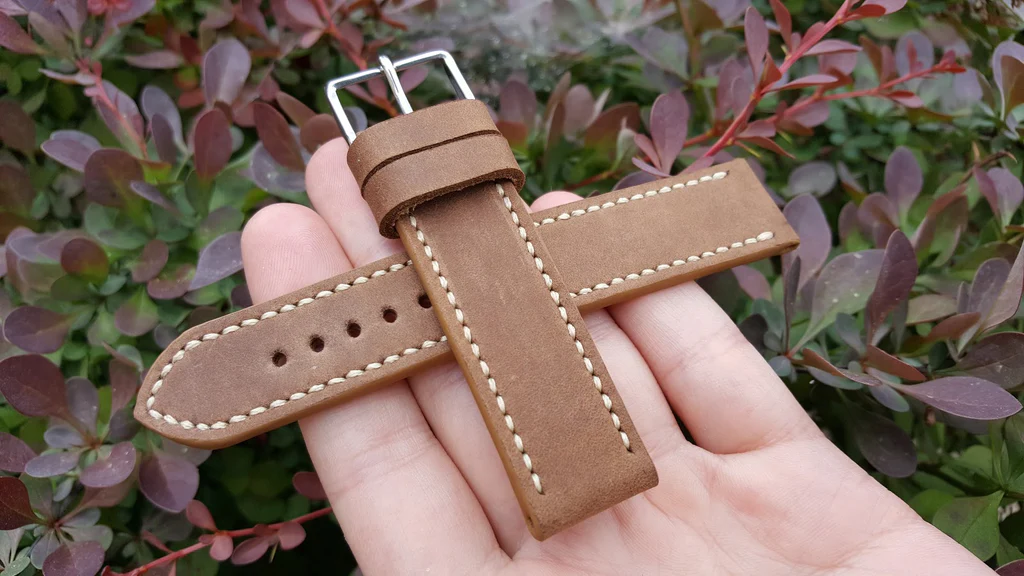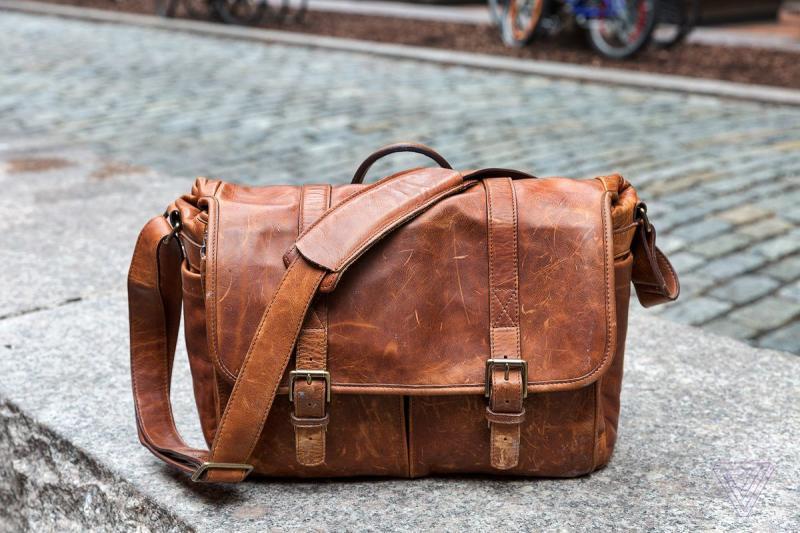Table of Contents
- Introduction to Bovine Leather
- History and Traditional Uses of Bovine Leather
- The Process of Making Bovine Leather
- Advantages and Disadvantages of Using Bovine Leather in Fashion
- Sustainability and Ethics in the Bovine Leather Industry
- Alternatives to Bovine Leather in Fashion
- Conclusion: The Future of Bovine Leather in the Fashion Industry
- FAQs:
Introduction to Bovine Leather
Over the past several decades, designers and consumers have succumbed to the likes of bovine leather which is readily identified in the fashion industry. However, why is this particular material so in demand? Considering its conspicuous features such as tough construction, rich texture, and classic look, it is safe to argue that bovine leather has rightfully earned its place in the fashion industry. However, many customers are increasingly concerned with sustainability and new trends meaning there are possible issues regarding bovine leather’s promise to its users.
As the age of conscious consumption rules our lives, the misconceptions regarding bovine leather and its production must be corrected as this will help people in making the right choices. In depicting the story of this material, we will go through its glamorous past and show the pros and cons of its use, always putting into consideration modern-day ethics and commerce. Bovine leather – is it still a thing or will the world be changing for something else? Let’s depict the layers one by one.
History and Traditional Uses of Bovine Leather
Bovine leather is not a newcomer to the leather family. It is as old as humans and has been able to outlive many civilizations such as the Egyptians and the Romans from whom it was derived to make armor and skirts as it was quite tough.
In most cases, the leather was transformed into utilitarian products such as saddles or boots, which were already crafted and made with the intent to last and endure. They had heritage and history and, thus, were energy-intensive and meaningful, semi-experimental creations, directly oriented in craftsmanship, instead of being solely functional.
In many societies, leather made from bovines also commanded respect and was seen as a rich commodity. Trade in textiles and garments made from the material also flared up. Its multi-usage identity ensured that it has remained relevant regardless of the many shifts it has undergone over the years.
Such developments have also allowed designers of today to utilize these ancient styles but with a modern twist that emphasizes their usage in today’s global fashion trends.
The Process of Making Bovine Leather

The procedure of forming bovine leather is painstaking, commencing from the step where first-class hides are chosen. Their tanning works are a step closer to perfection as these raw materials are taken from cattle. After being obtained, hides are first thoroughly washed to eliminate foreign particles and deposits. It is also very important to ensure that the outcome of the product does not get damaged in terms of both design and quality.
Once clean, tanning is the next step where the raw hides get transformed into durable skins. Two major methods are present here which include chrome tanning and vegetable tanning. Each of these methods endows the leather with certain properties that relate to its feel and durability.
The treatments done later include the processes of finishing as well as dyeing. Because dyes make fully penetrated hides, which allows for every color on the spectrum, and finishes are the last ones the hides are durable and waterproof.
These processed hides are further cut and crafted into different fashion items by skillful craftsmen. Meticulous attention to detail during this procedure means every item adheres to required quality and design standards.
Advantages and Disadvantages of Using Bovine Leather in Fashion
Hence, its ability to bear any kind of abuse and damage makes this material widely used for the production of bags, shoes, and jackets of premium quality with ease of strength. In many scenarios, this particular attribute of strength offers an extension for the life of the goods which could be a preferred option for many eco-conscious individuals who believe in thrifty durable goods rather than fast fashion.
In addition to this, bovine leather possesses a coarse feel which a majority of designers find to be attractive. The fact that optimum grain has already been made ensures that the products are more beautiful since they are unique simply under that.
Still, it cannot be said that there are no serious disadvantages. There may be an environmental imbalance if, however, the tanning activities are carried out outside the controlled surroundings. It is commonplace to generate hazardous substances that can pollute water bodies and cause other forms of ecological degradation.
A couple of consumers also bring an ethical perspective towards the use of animal materials in the course of business. More and more people are adopting veganism which has put bovine leather’s use under scrutiny in terms of animal ethics concerning the pertinent business. These opposing parameters make bovine leather a difficult decision for present-day practitioners who are fashionable and also aim to promote ecological balance.
Sustainability and Ethics in the Bovine Leather Industry
This is mainly due to consumers today being more concerned with the environment and hence expect responsibility from the industry. Raising cattle results in the loss of forests and, emission of gas as well as greenhouse gases which have adverse effects on climate; these are some of the factors that raise the sustainability questions concerning the industry. However, there is an increasing need for more sustainable agricultural practices to mitigate the extent of such impacts.
This is also an animal welfare issue and such considerations should be brought into discussions at this level. More and more brands have now come up with the idea of equity in engaging with animals, and this goes to their sourcing practices as well.
Certain companies are, however, utilizing some of the unused by-products of meat to create newer styles and reduce waste. This helps encourage sustainability but also improves resource efficiency in fashion.
With a growing understanding, however, things are looking in a different direction and the bovine leather could be sourced more responsibly in the future.
Alternatives to Bovine Leather in Fashion
The increase in demand for fashion sustainability has paved the way for plant-based alternatives to bovine leather. One such alternative that is steadily becoming popular is mushroom leather otherwise called mycelium leather. It is derived from fungi which have roots and comes with interesting textures that are appealing to many designers.
An equally interesting alternative is leather made from pineapples or specifically Piñatex. This breakthrough material makes use of wasted pineapple leaves and offers a biodegradable option which helps to curb waste in agriculture.
Another innovation that is disrupting space is recycled materials. There was a time when brands created animal leather but they have now come up with techniques of making leather out of recycled plastics and textiles.
Synthetic fibres are now being used to make vegan leathers which are cruelty-free but have other adverse environmental issues due to having plastics in them. All these alternatives, however, have their characteristics meaning consumers will have more choices without compromising the style and ethics of the fashion industry.
Conclusion: The Future of Bovine Leather in the Fashion Industry
With a shift in fashion trends, attitudes toward bovine leather have changed too. There are negative sentiments about it mainly because the material is associated with a rich history of luxury markets and traditional uses; however, with current trends, modern consumers are more focused on sustainability.
That said, as the world becomes more conscious about where materials come from, the entire supply chain is also viewed in a negative light. New technologies might present alternatives that are better suited to the world we live in while also being able to deliver functional, high-quality products.
Viewing other options other than synthetic or plant-based leathers, bovine leather is still a viable material and justifiable. All materials have their merits and demerits and therefore, the brands must take into account both their philosophy and their audience.
Addressing fashion, it would not be too far-fetched to suggest that there will always be a place for contemporaneity in combination with the traditions. The evolution of bovine leather is that it will have to change; if it does not, then consumers will have better alternatives and it will no longer be a desirable product. The outlook is positive as it encourages creativity and collaboration between the craftsmen, designers, and, more importantly, the consumers who value aesthetics without cruelty.
FAQs:
Q: What characteristics concerning strength can be said for bovine leather?
A: It is durable thanks to its thickness and tightly woven texture.
Q: Is bovine leather pliable?
A: Yes, over a while as it happens to be used, it starts losing its stiffness.
Q: Is it possible to waterproof bovine leather?
A: Yes, it can withstand water when a water-resistant treatment is applied.
